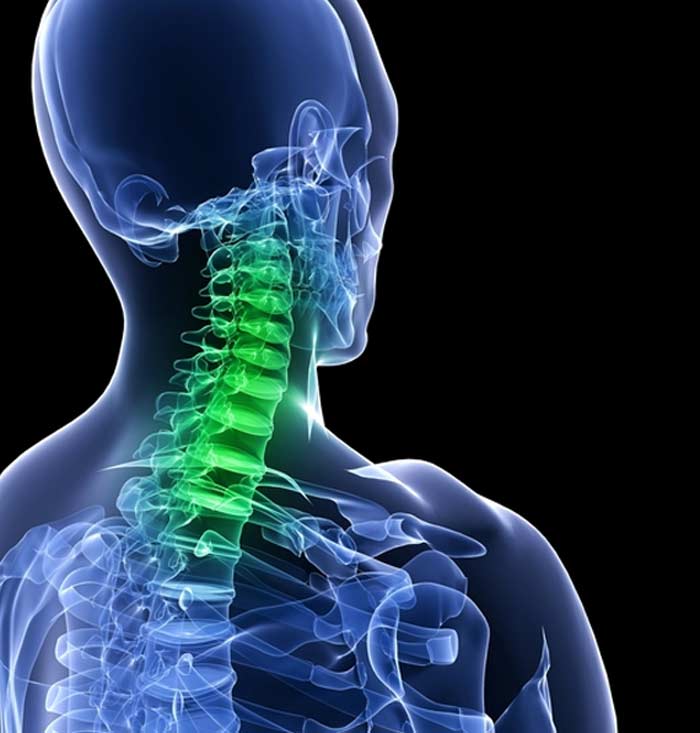
Because of advances in technology, microsurgical techniques can be used in many different procedures.
Performed with an operating microscope and specialized instruments, microsurgery is an approach to surgery designed to restore the function of delicate nerves, vessels, and tissues.
It’s typically an option reserved for complex issues that cannot be safely addressed or corrected with traditional open surgery or similar procedures, such as the reattachment of limbs or instances of severe soft tissue or neurological damage.
What Is Microsurgery?
Microsurgery is an approach to surgery that uses a microscope designed for use in an operating room. It provides high-powered magnification to allow the surgeon to see detailed images of internal structures. An operating microscope also has provides bright lighting so precise movements and manipulations can be made as the magnified, high-resolution image is displayed on a monitor. Some microscopes allow the procedure to be recorded as well. One of the first successful applications of microsurgical techniques was for finger replantation and digital artery repairs. Today, microsurgery is used for a wide range of procedures, including ones involving vessels, nerves, and tissues that would otherwise be difficult to repair.


Why Is It Done?
Generally, microsurgery isn’t the first attempt at treatment unless there are special circumstances involved. It’s usually recommended when there is damage to very small parts within the body that can’t be corrected with standard surgical techniques. For instance, eye problems related to cataracts or conditions like glaucoma are often corrected with microsurgery. For reproductive health purposes, microsurgery is commonly used to perform vasectomies and tubal ligations. It’s also becoming increasingly common for microsurgery to be involved with:
- Restoring damaged skin
- Correcting muscle, ligament, and tendon damage
- Tumor removal
- Ear, nose, and throat surgery
- Herniated disc removal and other types of spine surgery
- Reattachment of amputated limbs
- Joint reconstruction
How Is Microsurgery Performed?
After the patient is prepped for surgery, the necessary incisions are made to access the affected area. Two or more sets of lenses allow the surgeon to focus and zoom in to view very small structures in great detail. Forceps, vascular clamps, scissors, and other surgical tools are used to complete the procedure.
When blood vessel or nerve repair is done, the goal is to attach the two severed ends. If part of a cut or damaged blood vessel or nerve is missing or not usable, vein grafted or nerve grafting is usually necessary. These procedures involve taking either a non-essential vein or a piece of nerve from another part of the body to reconnect the severed ends.
With the correction of damaged tissue, skin grafts or free-tissue transfers may be necessary. Replantation involves reestablishing blood flow and repairing nerves and soft tissues. Following surgery, the affected area may be further evaluated with X-rays with contrast dye, Doppler ultrasound, or an intravenous fluorescein to check blood flow within the surgical site.
Any type of surgery presents certain risks, and this is also true of microsurgery. However, several precautions are taken to reduce these risks. Such efforts usually include performing pre-surgery images tests and ensuring that a patient is a good candidate for a microsurgical procedure. There may be some warmth around the surgical site after surgery, although this is normal. Patients are typically monitored for signs of infection and discoloration of the skin. Medication can ease post-op pain as tissues heal. Results will vary based on patient health and the reason for the procedure and its complexity.
